What is “Our Migration Story”?
“Our Migration Story” is an online teaching resource, launched in 2016, to provide teachers with resources and tools to engage students with lessons on migration in Britain. It uses unique open source technology to widen access to original academic research and be used by anyone interested in learning about Britain’s migration history.
The information on this website is clearly organised in four historical categories:
- AD43 – 1500: Early and Medieval Migrations
- 1500 – 1750: Early Modern Migrations
- 1750 – 1900: Industrial & Imperial Migrations
- 1900 – 2000s: 20th & 21st Century Migrations.
Each category is introduced through a short video and an overview text that covers the general characteristics and the major movements of that period. This is followed by a collection of untold stories of specific communities and individuals arranged in the form of a timeline. Each story is written by one of the collaborating historians and is supported by images and personal stories and provide links to additional references.
One of the most interesting aspect is the Questions and Student Activities section at the end of each story which provides provocative questions and classroom activities that are, in most instances, related to contemporary issues that students can relate to. Additionally, the Teaching Resources area provides teachers with lesson plans and classroom activities.
The “Our Migration Story” project is a collaboration between the Runnymede Trust which is an independent race equality think tank, the University of Cambridge and the University of Manchester. It is funded by the Arts and Humanities Research Council and builds on previous research and two other projects – Making Histories and Bangla stories.
These projects involved engaging with young people to explore, collect and document stories around migration. “Our Migration Story” was created as a response to the questions that arose around race and inequality in education in contemporary Britain and more specifically with the content of the current national curriculum. Despite its straightforward approach, the project uses innovative methods to tackle the exclusion of minor ethnicities and communities from migrant backgrounds.
What can CultureLabs learn from “Our Migration Story”?
In order that CultureLabs gain a deeper understanding of the project and learn from the experience of its organisers, Abir Tobji (CultureLabs Project Manager at People’s History Museum) met with Professor Claire Alexander, from the University of Manchester, one of the leading researchers in the “Our Migration Story” project. Below, it’s possible to find the key elements of the “Our Migration Story” that will be relevant to CultureLabs methodology:
Participation and engagement
Throughout the different project stages, the team worked collaboratively with both individuals and stakeholders; teachers, academics, local historians, policymakers, exam boards, teachers’ unions, and teachers’ training boards. The topics included in the website were chosen through round table discussions. In addition, the team worked directly with schools to engage students to build the content and test the developed resources. This was critical in building a sense of ownership and will make the project sustainable beyond its expected timeframe.
Identifying end users’ needs
The long term aim is to change the national curriculum to include mainstream race and diversity however the organisers acknowledged both the complexity and time required to achieve this. Their initial aim was to encourage teachers to work within the existing boundaries, while continuing to advocate for a systematic change. As a result, the needs of the end users were identified in order to be met in the best possible way. Surveys and focus group discussions with teachers revealed that many teachers had the motivation to be part of the change but did not have the time or the capacity to do all the research required to develop teaching resources. As a direct result, the project provided ready-made resources for teachers to use.
Culture Heritage
The website uses digitised museum and archive collections as resources and links those objects with personal stories in an interesting way that brings those collections to life and in context.
Dissemination and sustainability
The addition of additional content to the website is something that the organisers are considering, however, their priority is to focus on the dissemination and promotion of the current resources.
“Our Migration Story” project constitutes an excellent example of innovation in its use of technology for social inclusion. At CultureLabs we are looking forward to launching our platform, where we will be able to add the “Our Migration Story” project as one of our ingredients; it is a great example and a useful resource!
We are very much interested in learning about your experiences. If you have been involved in any similar initiatives please get in touch at info@culture-labs.eu
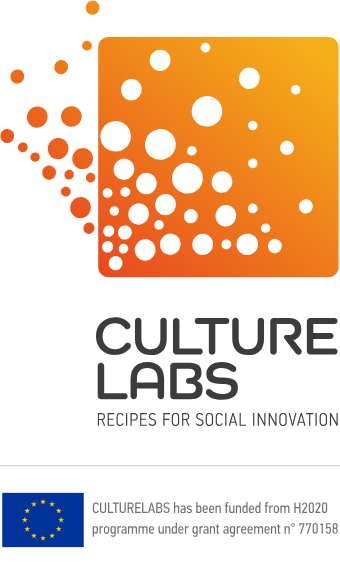
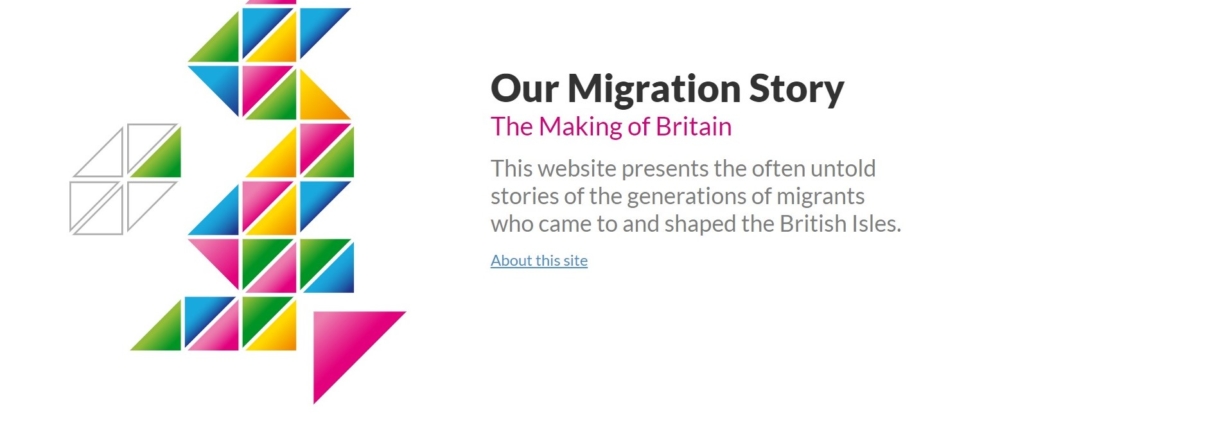

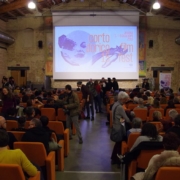

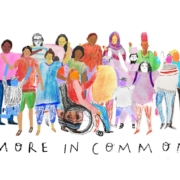
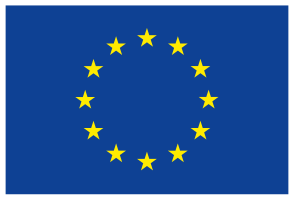
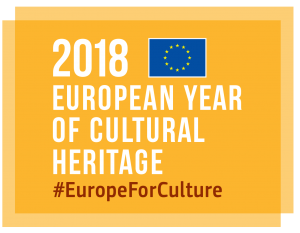


Thanks for the sensible critique. Me and my neighbor were just preparing to do some research on this. We got a grab a book from our area library but I think I learned more from this post. I’m very glad to see such great info being shared freely out there.
Such a pleasure to have fed your research.
We hope you will continue to follow the progress of CultureLabs. The first version of the CultureLabs will be soon released and there you will find a rich variety of information, inspirations and best practices.
Thank you ever so for you post.Thanks Again.